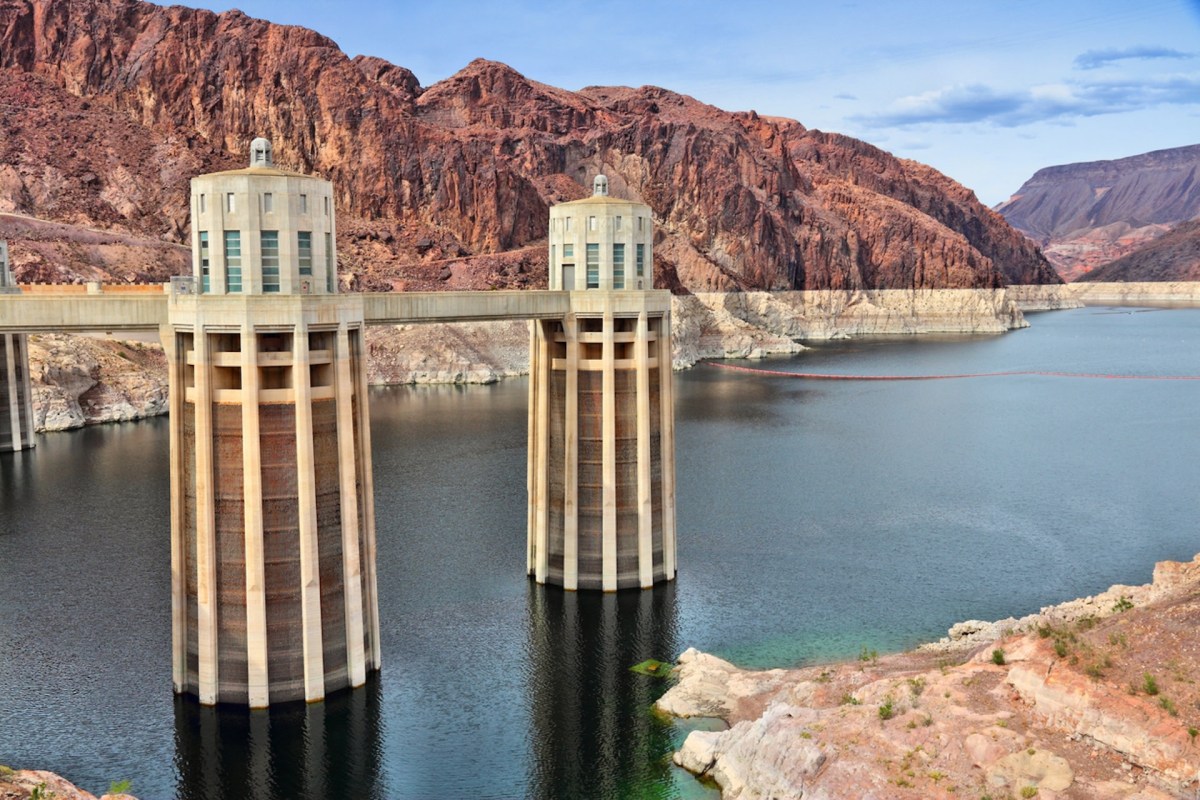Hydroelectric power is a proven way to deliver sustainable energy that produces little planet-warming pollution.
That doesn't mean it's completely without downside, though.
What's happening?
When dams were created to make hydroelectric power generation possible in the United States, river ecosystems were destroyed and Indigenous lands were flooded, as Grist pointed out.
While the harm caused in the early phases of this type of energy production was abominable, a new study has revealed problems with hydroelectric systems persist today, with the burden they place on the environment amid drought conditions detailed.
Research published in the Proceedings of the National Academy of Sciences journal has revealed that a fall in hydroelectric power creation when water sources run low leads to an increase in dirty energy pollution. That's because the shortfall in energy needs to be made up to satisfy demand, and oil and gas plants are typically required to do so — this is especially concerning since home energy usage increases in these periods as people turn to air conditioning.
Why is this concerning?
As Grist summarized, "the decline in hydropower caused an extra 121 million metric tons of carbon emissions between 2001 and 2021," with the publication observing that would be the equivalent of putting 1.3 million dirty-fuel-powered cars on the road during those two decades.
While the impact depended on region, Grist noted that, as an example, dirty energy pollution increased by as much as 30% in California during some of the dryer spells.
"The effect on the power mix is actually pretty large," postdoctoral scholar at Stanford University and study lead Minghao Qiu told Grist.
There are additional concerns too. Just because drought conditions are affecting hydroelectric power production in one place, the need for power might be supplied by a dirty fuel energy plant located elsewhere.
"A climate shock in one place can really cause damages in faraway places, because the energy grid is so connected," Qiu said.
Furthermore, even if renewable energy projects like solar and wind farms increase in size and scale, dirty energy sources might still be needed to meet power demand when hydroelectric plants are lacking. That's because oil, coal, and gas don't rely on certain conditions to produce power – which is why battery storage capacity is so important to store renewable energy, as Qiu observed.
What can be done to prevent drought?
The impact of global heating is making drought conditions last longer and become more extreme, as the United States Geological Survey pointed out. Increasing temperatures make the risk of heatwaves more likely, which can dry up water supplies or put a strain on existing resources.
Reducing the production of planet-warming pollution, then, is key to minimizing the intensity of these weather conditions, as gases like carbon dioxide and methane trap heat in the atmosphere.
While solar and wind power may not help to make up for hydroelectric power losses entirely, they can reduce reliance on an energy grid that is typically powered by dirty energy. Community solar schemes or installing a photovoltaic system at home can make a difference — and save you money on energy bills.
Join our free newsletter for weekly updates on the coolest innovations improving our lives and saving our planet.









